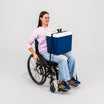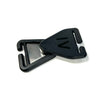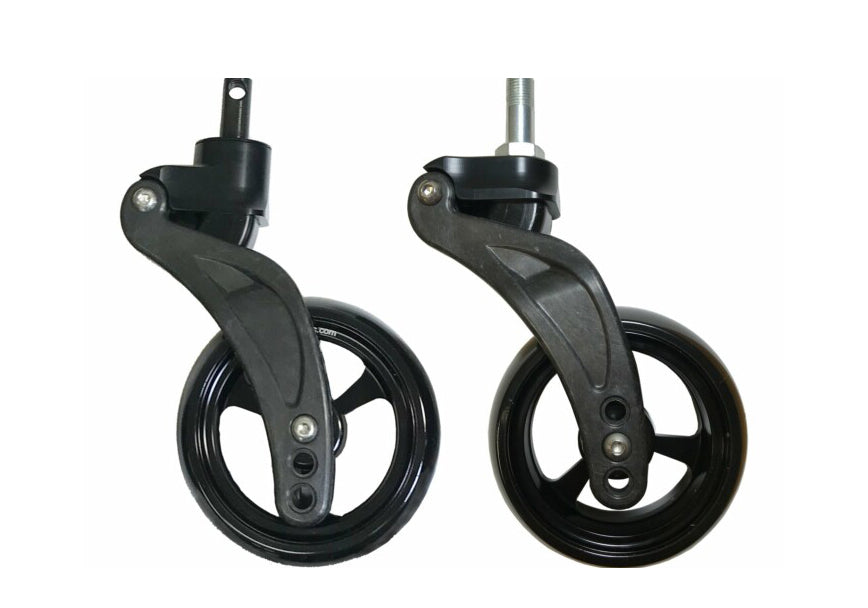Independence and freedom are fundamental to every wheelchair user, and the key to this independence lies in the wheels beneath you. Just as a car relies on its tires to move efficiently and safely, your wheelchair relies on its tires for smooth mobility. Understanding the process of wheelchair tire replacement can empower you to maintain your freedom and continue to adapt and defy any challenges you may face. This guide aims to provide you with all the knowledge you need to navigate this process.
The role of wheelchair tires in mobility and independence.
Wheelchair tires play a crucial role in your mobility and independence. They allow you to quickly traverse different terrains, be it in the metropolis or the mountains. For wheelchair athletes like Darryl Tait, well-maintained tires can differentiate between a gold medal and a missed opportunity (go deeper into this with our first-ever podcast episode with Darryl here). Moreover, regular tire maintenance increases confidence - it’s the same way that athletes ensure all of their kit is in the best possible condition so that they know when they are out there, they’ve done everything they can to ensure they win.
Recognizing the need for wheelchair tire replacement.
Knowing when to replace your wheelchair tires is essential for performance and safety. The replacement frequency depends on a few key factors:
- Frequency of use
- Type of terrain you usually navigate
- The kind of tyres you have on your wheelchair
Regular inspections can help you identify signs of wear and tear, ensuring your safety and the longevity of your wheelchair.
Most of us forget the basics and wonder why the specifics don’t work. This is one of the most overlooked pieces of advice we share at Adaptdefy, so take note.
Exploring different types of wheelchair tires.
There are primarily two types of wheelchair tires you can choose from - pneumatic tires, flat-free pneumatic tires and solid tires.
Pneumatic tires are air-filled, offering a softer, smoother ride, and are lighter weight. However, they require regular maintenance and are susceptible to punctures.
The flat-free pneumatic tires work well with power wheelchairs as their shock absorbers take much of the impact, though it will come down to the wheelchair type and what you are using.
Solid tires are maintenance-free and puncture-proof, offering a firmer ride. If you are in your chair often, this might not be the best fit as the ride will be more challenging, and they are heavier
Your choice will depend on your comfort, lifestyle, and the kind of terrain you frequently traverse.
The process of wheelchair tire replacement.
Replacing your wheelchair tires can be arduous but straightforward if done correctly. This saves you the cost and time of professional servicing and boosts your confidence and adaptability.
These two videos from Forest Mobility do an excellent job of showing what the fitting looks like for:
Essential wheelchair tire maintenance tips.
Just like any vehicle, your wheelchair requires regular maintenance to ensure its optimal performance. Regular cleaning, checking for punctures or damage, and maintaining the right tire pressure can significantly extend the lifespan of your wheelchair tires.
Moreover, accessories like wheelchair slippers can keep your floors clean from any dirt your tires may have collected.
Understanding the process of wheelchair tire replacement is vital to maintaining your independence and mobility.
With this knowledge, you can confidently navigate your environment, knowing that your wheelchair is in its best condition. Every step you take towards maintaining your wheelchair, whether learning to do a wheelie or replacing your tires, is a testament to your resilience and adaptability.
Remember to check back for more guides and advice on living the greater-than-life as we continue our mission to help wheelchair users adapt and defy.










Leave a comment
All comments are moderated before being published.
This site is protected by hCaptcha and the hCaptcha Privacy Policy and Terms of Service apply.